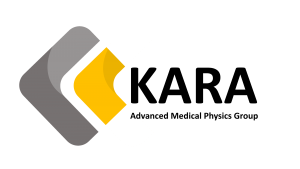- Remove Noise: In this step, the raw images are processed to reduce noise, which can degrade the quality of the image and affect the subsequent analysis. Various techniques such as filtering and denoising can be used to remove noise.
- Correction: The imaging system may introduce artifacts or distortions in the acquired images. Correction techniques such as background correction and normalization can be applied to address these issues.
- Registration: If multiple images are acquired for a single object, registration can be applied to align them in the same coordinate system for consistent analysis.
- Segmentation: In this step, the regions of interest (ROIs) are identified and extracted from the images. Various segmentation methods can be used, such as thresholding, region growing, and machine learning-based segmentation.
- Intensity: The intensity of the ROIs is a fundamental feature that can be used to differentiate between different structures or diseases.
- Shape: The shape of the ROIs can provide information about the size, symmetry, and morphology of the structure of interest.
- Texture: Texture features such as homogeneity and entropy can provide information about the spatial distribution of intensity within the ROI.
- Functional Parameters: Imaging modalities such as nuclear medicine and optical imaging can provide functional parameters, such as blood flow or oxygen saturation.
- Calculate Features: The extracted features are quantified using mathematical and statistical methods. For example, the size and intensity of the ROIs can be measured and compared across different images.
- Standardization: To make the data comparable across different studies and imaging modalities, it is important to standardize the quantification process and use common metrics and units.
- Quality Control: Quality control measures should be put in place to ensure the accuracy and reproducibility of the quantification process.
- Validation: The accuracy and reliability of the quantification process should be validated against gold-standard methods or ground truth data.
- Statistical Analysis: Statistical methods such as clustering, classification, and regression can be used to analyze the quantified data and identify patterns or relationships.
- Visualization: Visualization techniques such as heat maps, scatter plots, and histograms can be used to explore the data and communicate the results.
- Integration: Data from different imaging modalities and studies can be integrated to provide a more comprehensive view of the biological system under investigation.
- Interpretation: The results of the data analysis should be interpreted in the context of the underlying biological knowledge and hypotheses, and the limitations of the imaging modality and analysis methods should be taken into account.
Radiation Protection
 Optical / X-ray Imaging
Optical / X-ray Imaging
Scroll to top


